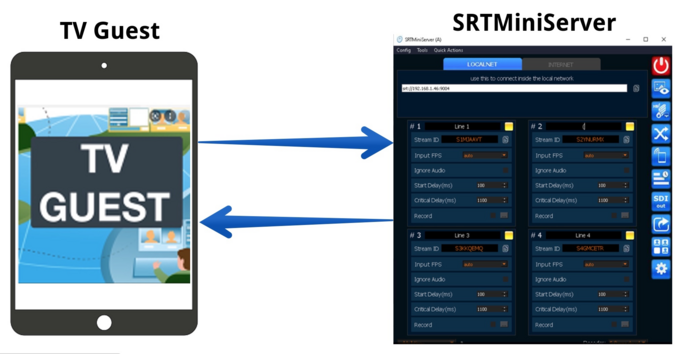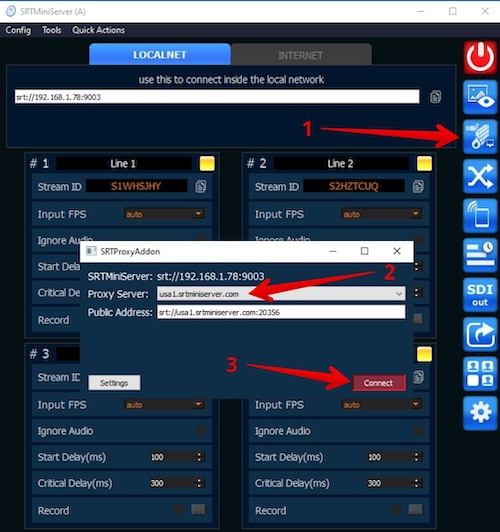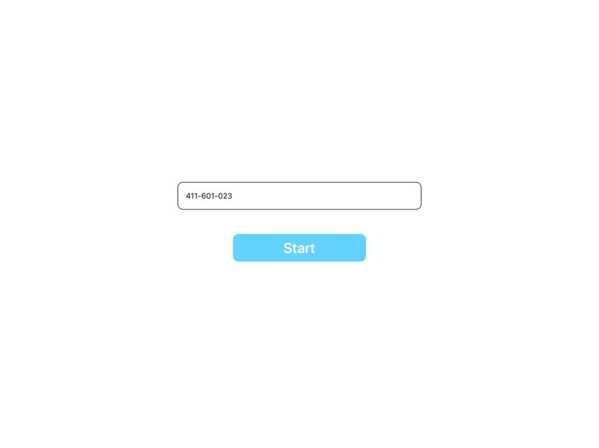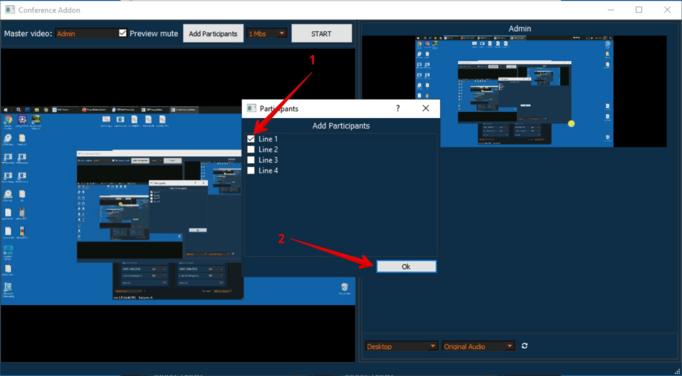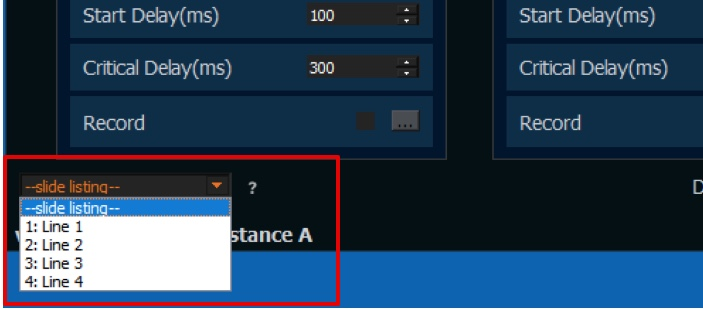It's how to connect to SRTMiniServer via TV Guest and have remote control.
Let's consider the case when we need to connect a Guest to the TV Studio and give the opportunity to control presentation slides that are broadcast from the TV Studio.
As software for the Guest, we will use IOS App called a “TV Guest”, for TV Studio, we will use a SRTMiniServer, installed on PC.
Connection TV Guest to SRTMiniServer
-
Open the SRTMiniServer and click the TURN ON button. The button should be highlighted in red.For real-time communication set Critical delay = 300 (ms) for the line you are going to connect the Guest:
-
Navigate to the Proxy Addon menu
Select any public proxy address and click the CONNECT button. The CONNECT button should be highlighted in red, which means that the proxy server is connected:
-
Navigate to the Link Generator and select the Proxy URL option in Choose URL window:
-
In the “Link Generator” window perform the following actions:
-
Select the TV Guest in the “Select Product:” dropdown
-
Generate an access number for the line to which you are going to connect the Guest(in our case, this is line 1) by clicking the NUM button
-
Copy the generated number by clicking the (Copy) button
-
Send the copied number to the Guest in any convenient way(e-mail, SMS, messanger)
-
Open the TV Guest on IOS device(in our case, this is IPad) and perform the following actions:
-
Enter the received access number into the input field
-
Result: Now you have successfully connected to the SRTminiServer on line 1:
Remote control slides from a TV GUEST
In order to provide the Guest the ability to manage slides that are broadcast from the TV Studio, we will use the Conference Addon.
NOTE: Before using the Conference Addon, please prepare a presentation that you will share with the Guest on your PC.
Open the Conference Addon clicking the icon in the right menu of SRTMiniServer:
In the opened window(Participants) select the line to which you are going to share the presentation and click the OK button(in our case, this is line 1, since earlier we have already connected our Guest there):
In the Admin section on the right side of the window you will see two windows and two dropdowns:
-
The upper window shows what is transmitted from the Studio side to the Guest
-
The lower window shows what is transmitted from the Guest side
-
The left drop-down is needed to select the type of source from which you are going to broadcast the picture to the Guest
-
The right drop-down is needed to select the microphone on which you are going to communicate with the Guest
Select the type of source(Desktop or Selected Area) and microphone in the dropdowns:
After selection the type of source and microphone, click the START button to start sharing the TV Studio screen to the Guest. To allow the Guest to control the screen, select the line in the “--slide listing--” dropdown on the main server screen:
After selecting the line, select the screen from which you are going to share the presentation and select and the direction for switching slides:
Open the previously prepared presentation on Studio PC
Result: Now the Guest is able to control the presentation from TV Guest by clicking the side arrows on the screen of his device:
